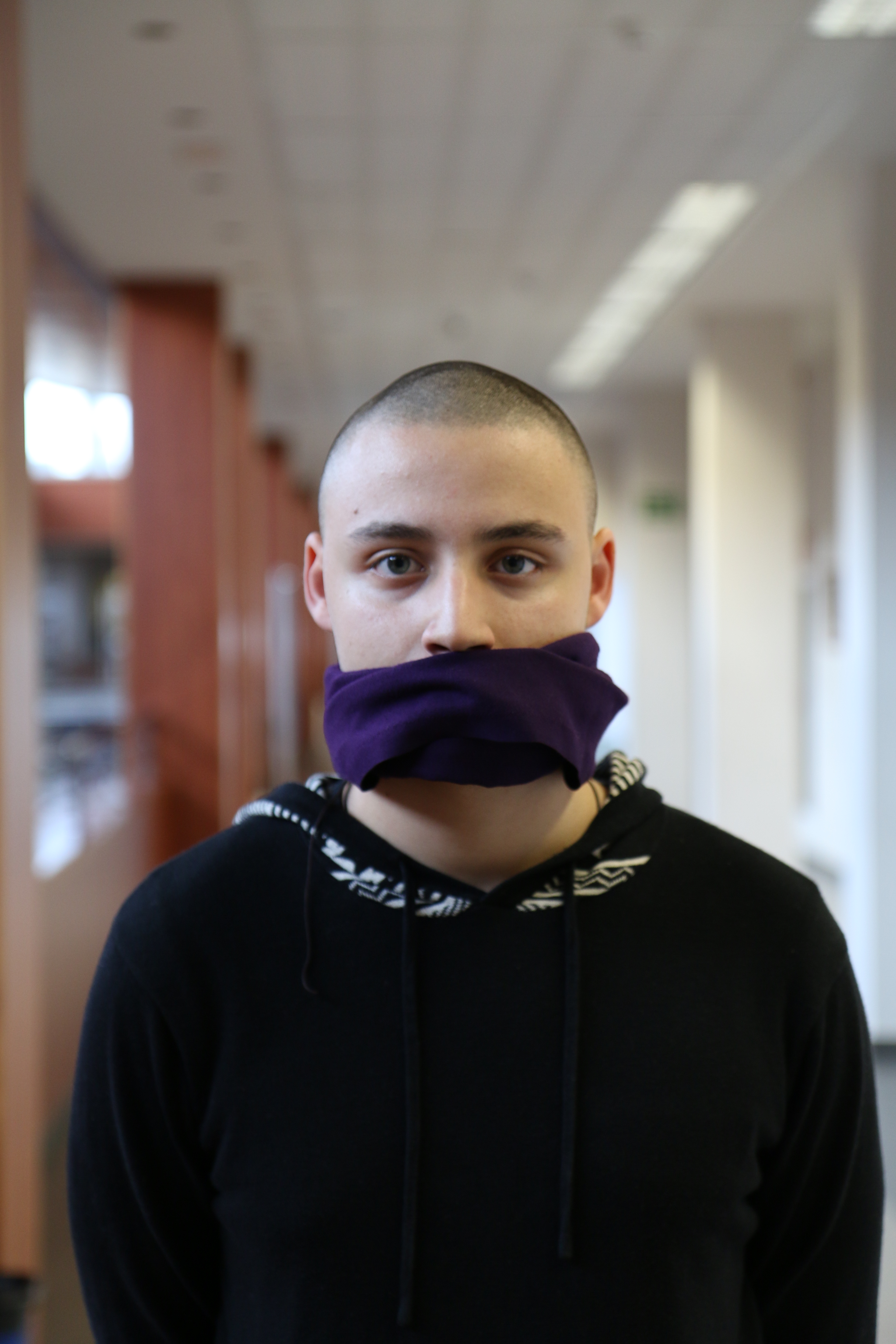
Review by Minanga J, Year 13, published in the Caxton Times
The Pale Horse is a mystery novel by the famous author and “Queen of Crime” Agatha Christie. The story revolves around a series of murders committed by poisoning the victims with a lethal chemical called thallium. At the time of The Pale Horse‘s publication in 1961, thallium poisoning was not widely known. Also known as the “poisoner’s poison” due to its high toxicity, thallium is a metal that is modestly abundant in the Earth’s crust. However, it is so thinly distributed that the likelihood of anyone being accidentally harmed by it is incredibly small, so even doctors and medical staff were not fully aware of its effects.
The novel centres around a string of apparently unrelated deaths, all of which were attributed to natural causes. Throughout the story, the main character, Mark Easterbrook, is on a mission to investigate these deaths. He discovers several similarities between the cases and realises they are symptoms of thallium poisoning, like sudden hair loss. Finally, it is revealed that these murders were committed by an organisation called “The Pale Horse”, who had also fabricated a supernatural story with witches and black magic to misguide the investigations.
Saving Lives
This novel has had a much greater impact than pure entertainment. It is said that on two occasions of real-life thallium poisoning, readers recognised the symptoms and helped save lives. One such incident was in 1975, when a Latin American woman sent a letter to Christie stating that she helped a person who was being slowly poisoned by their partner as she had recently read The Pale Horse. She wrote: “Of this I am quite, quite certain – had I not read The Pale Horse and thus learned of the effects of thallium poisoning, he would not have survived; it was only the prompt medication which saved him; and even if he had gone to hospital, the doctors would not have known in time what the trouble was.”
The other was in 1977, a year after Christie had passed away. A 19-month-old baby girl suffering from a mysterious illness was transferred to the Hammersmith Hospital from Qatar. Her blood pressure gradually increased, and her breathing patterns were seen to be abnormal. While most of the medical staff was baffled by this unknown ailment, Marsha Maitland, a nurse who had been reading The Pale Horse, commented on the similarities between the child’s condition and the symptoms described in the book. After several tests, it turned out that the infant had accidentally ingested some insecticide containing this lethal ingredient, and after appropriate treatment, she fully recovered.
The Teacup Poisoner
Even though credited with saving lives, Christie’s The Pale Horse was criticised by the media for allegedly inspiring the serial killer Graham Young, also known as the Teacup Poisoner. Born in 1947, Young experimented with poisons since he was a child and often tested them on his family members, leading to his stepmother’s death. Later, when he was working at a warehouse, he volunteered to take on the tea round and selectively poisoned his colleagues. The dose was varied depending on who had annoyed him that day.
After he was arrested and sentenced to life in prison, the Daily Mail, in particular, criticised Christie for highlighting the use of thallium as a poison, suggesting that the serial killer was inspired by the book, even though Young denied ever having read the book. However, one of the doctors working with Scotland Yard recognized the symptoms of thallium poisoning in Young’s co-workers only because he had read The Pale Horse. If anything, Christie’s novel helped the eventual capture of the criminal.
Listed as the best-selling fiction writer of all time by Guinness World Records, it seems Agatha Christie is not only a fantastic detective novelist but also something of a lifesaver. The mystery novel The Pale Horse has been credited for saving at least two lives and helping capture a serial killer. It seems reading Christie could help save lives!











Leave a Reply